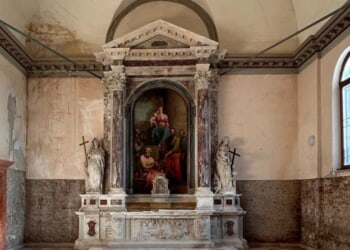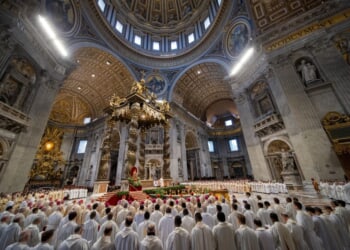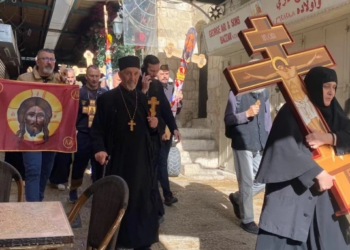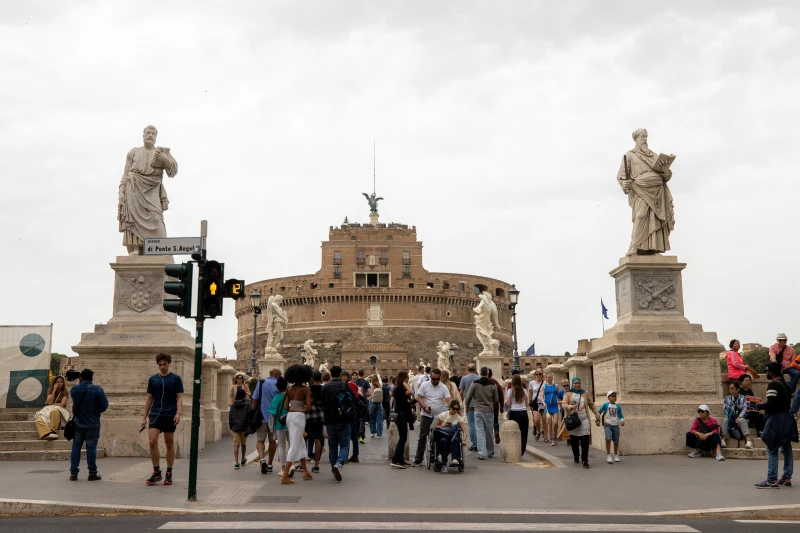
Rome Newsroom, Apr 18, 2025 / 15:10 pm (CNA).
Each year, thousands of faithful pilgrims purposefully pass over the Tiber River via Rome’s Ponte Sant’Angelo, where marble messengers lining the bridge recall Christ’s passion through the sacred symbols they solemnly hold.
In 1535, Pope Clement VII ordered the placement of statues of Sts. Peter and Paul, the patrons of Rome, at the bridge’s entrance. However, it wasn’t until 1669 that Pope Clement IX commissioned a new balustrade designed by the renowned Gian Lorenzo Bernini.
Ten angels, each bearing an element of the Passion, were placed atop this structure, sculpted by Bernini’s students under his meticulous direction.
Today, on Good Friday, the Catholic Church commemorates the crucifixion of the Lord. The bridge has undergone extensive restoration in recent months, and this jubilee Holy Week unveils its newly refreshed marble.
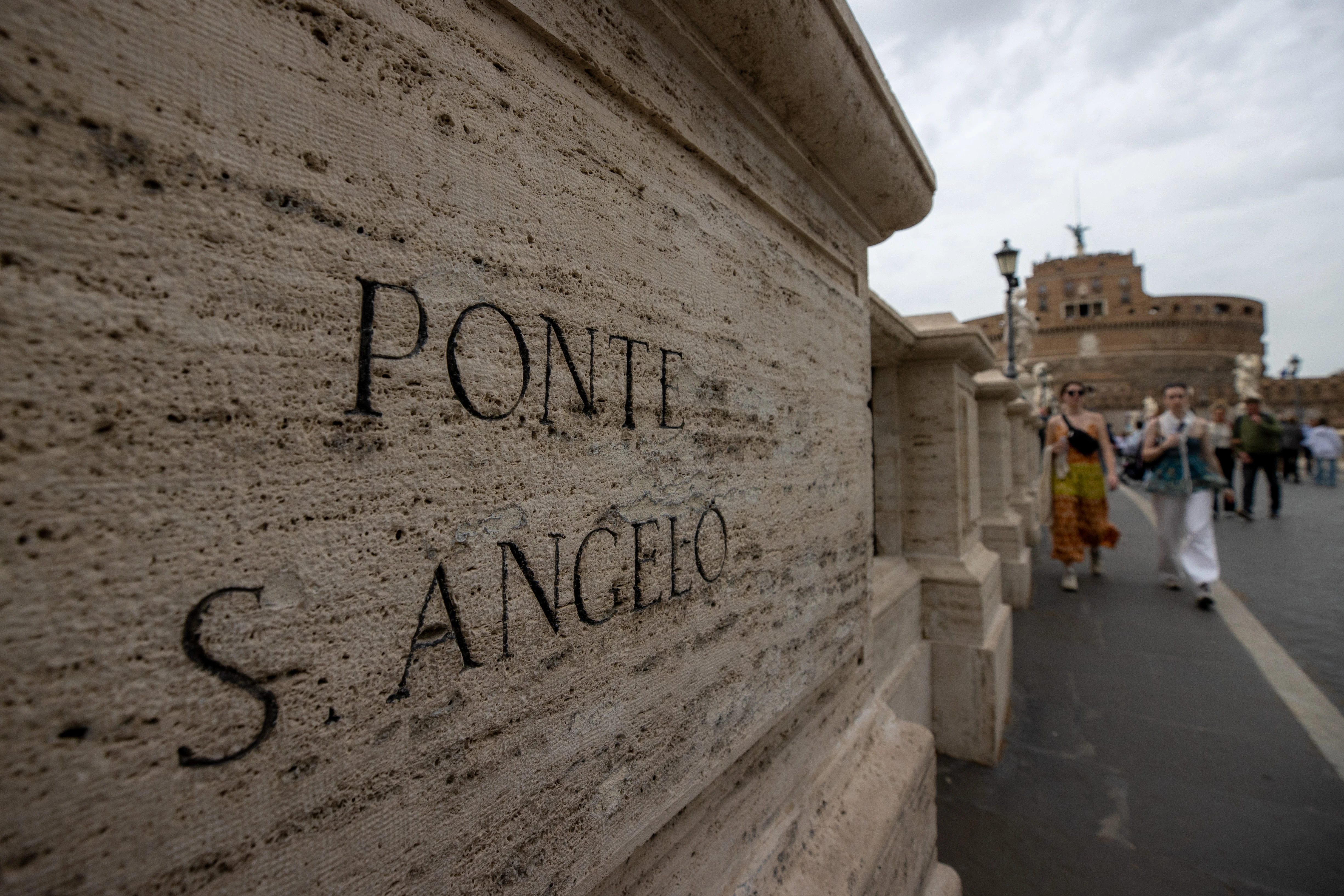
The iconic bridge, connecting the “Ponte” district with the Borgo and the castle that once served as a papal residence, a fortress in times of war, and a prison for criminals was reopened to pedestrians in January to mark the beginning of the Jubilee of Hope and the inauguration of the new Piazza Pia, which now links Via della Conciliazione directly to Vatican City.
The angels of Ponte Sant’Angelo were designed to serve as a spiritual guide for pilgrims on their journey toward St. Peter’s Basilica.
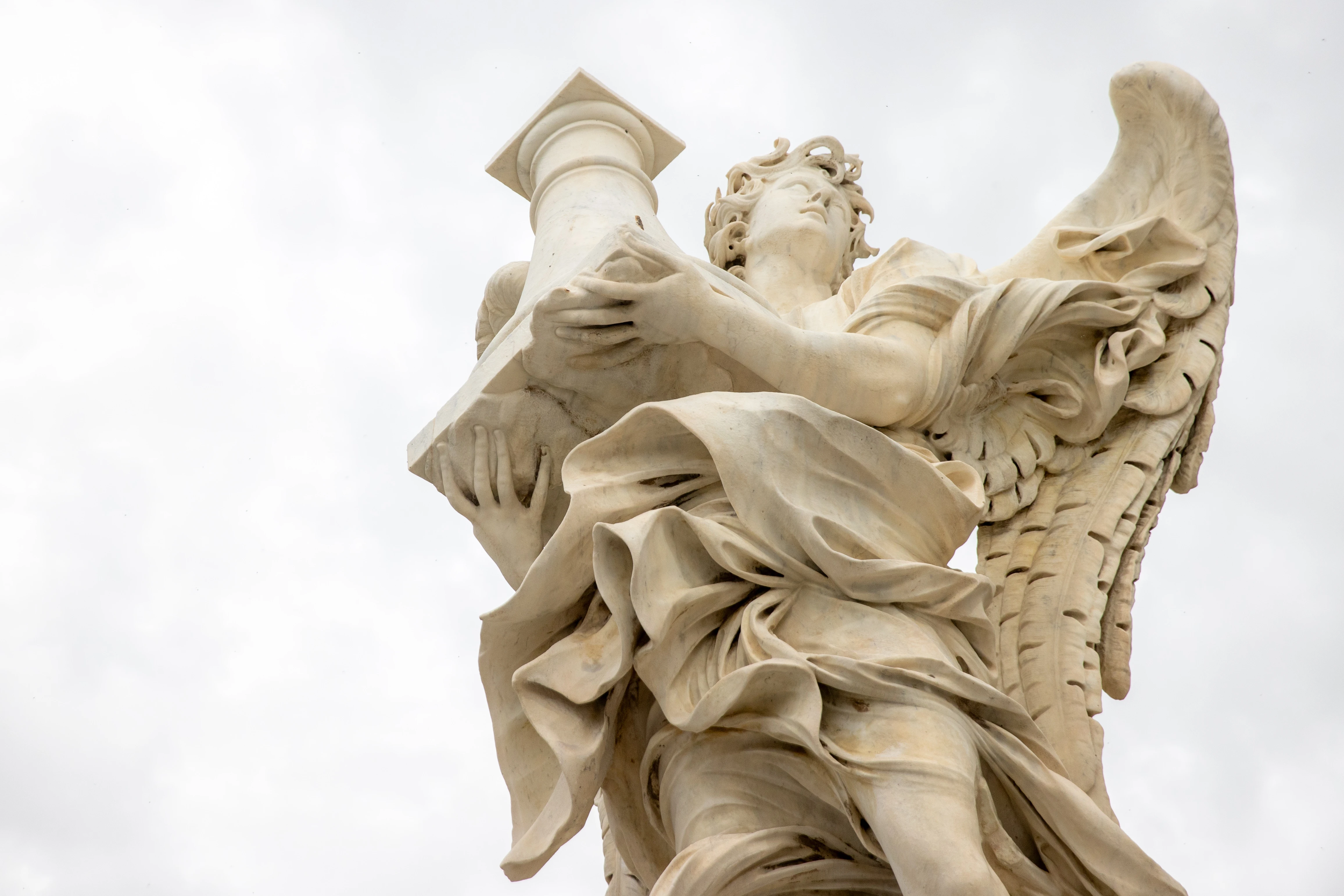
Looking up while walking along the bridge, visitors first encounter an angel holding a column in its arms, a reminder of Christ’s scourging. At its base, the inscription reads: “Tronus meus in columna” (“My throne is upon a column”), a work attributed to Antonio Raggi.
Directly opposite stands an angel carrying whips, with the inscription: “In flagella paratus sum” (“I am ready for the scourging”), sculpted by Lazzaro Morelli.
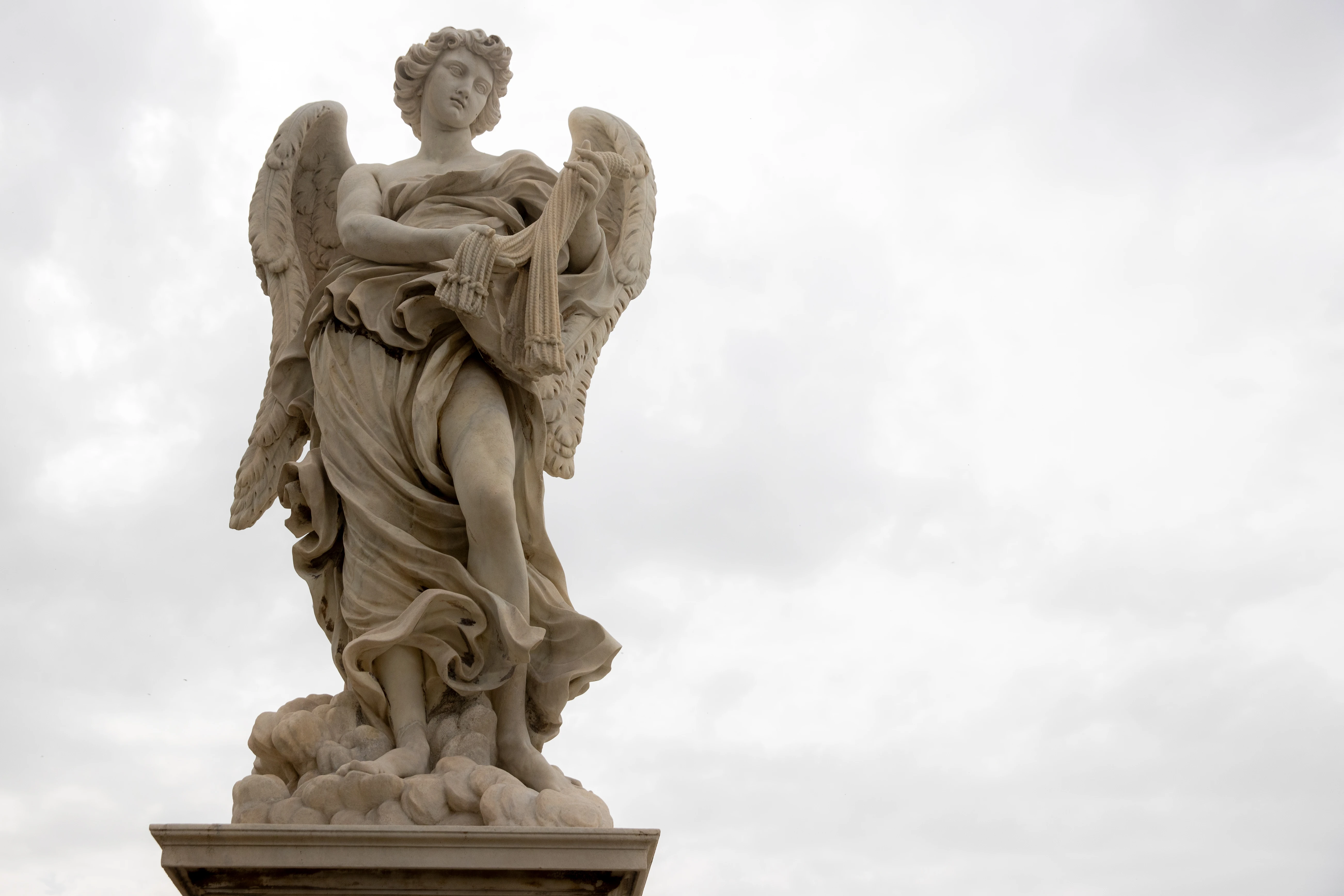
Further along, an angel holds the Veil of Veronica, the cloth used to wipe Christ’s sweat and blood, on which His face was imprinted. The base of this sculpture, created by Cosimo Fancelli, bears the inscription: “Respice faciem Christi tui” (Look upon the face of your Christ).
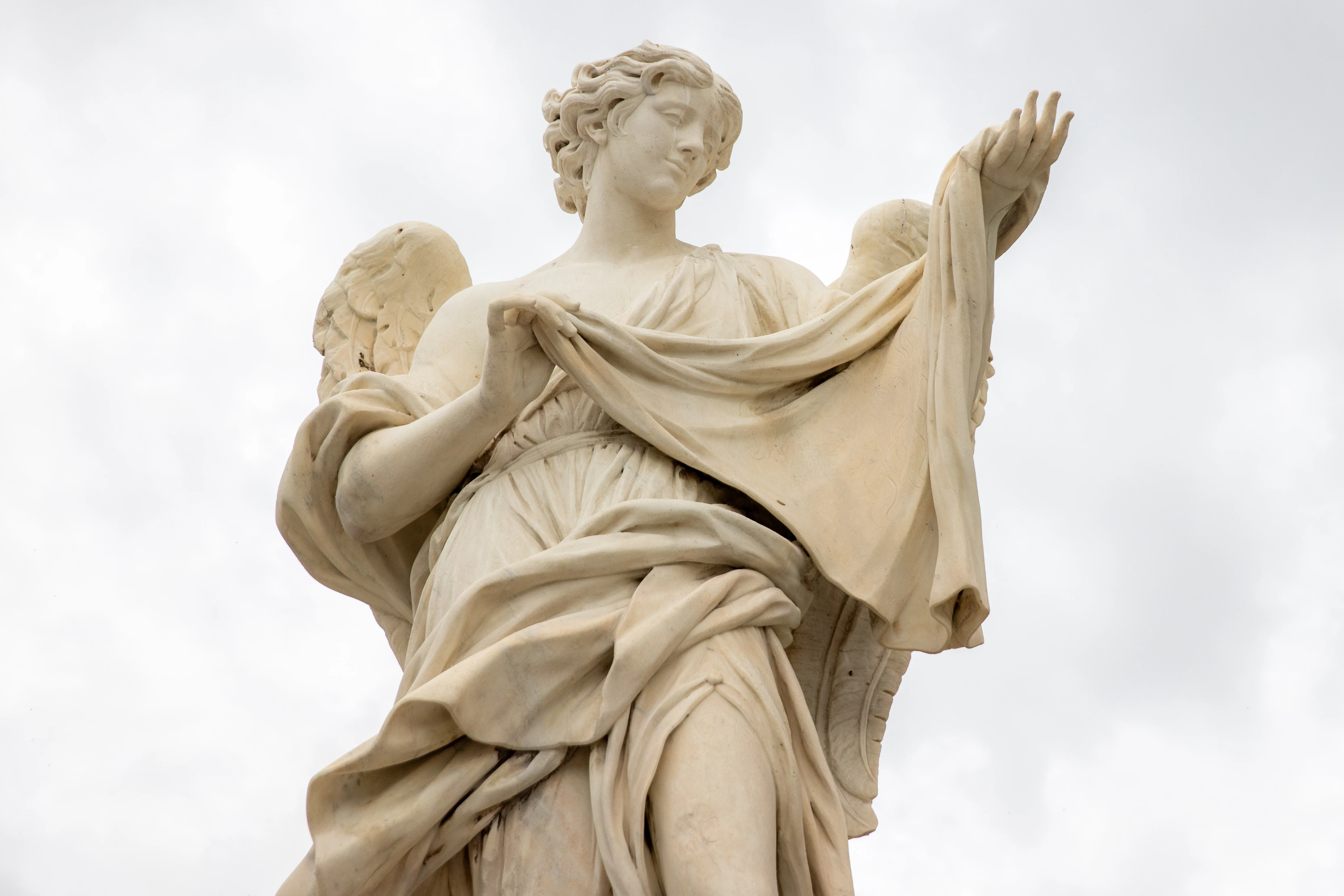
Notably, its pedestal bears a dent from a cannonball impact during the defense of the Vatican in 1870.
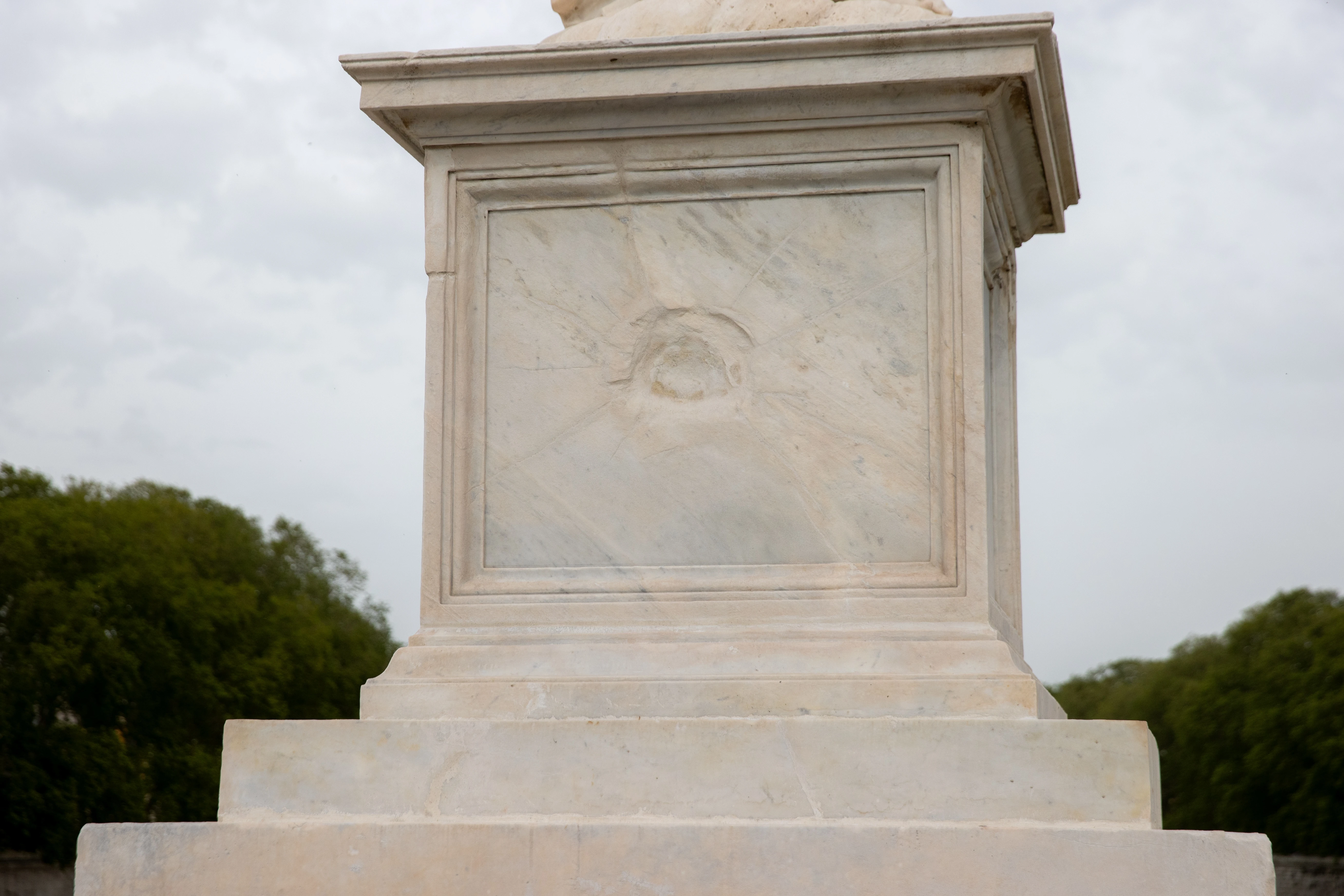
On the opposite side, an angel holds the crown of thorns placed on Christ’s head, sculpted by Paolo Naldini and completed by Bernini himself. The original sculpture is now housed in the Roman church of Sant’Andrea delle Fratte. The inscription reads: “In aerumna mea dum configitur spina” (In my affliction, while the thorn is driven in).
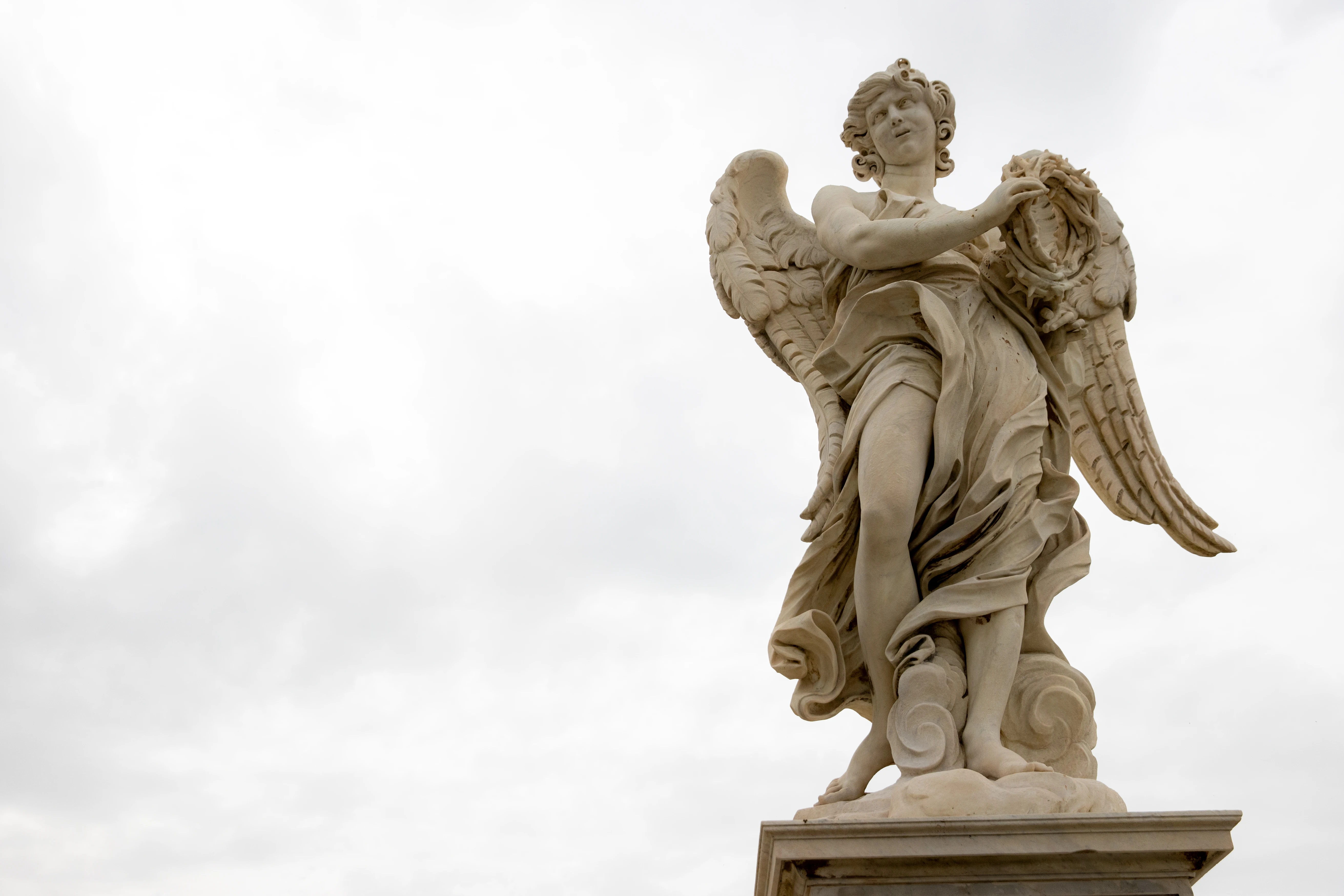
Next, an angel presents Christ’s tunic along with the dice used by the soldiers to cast lots for His garments. The inscription on this sculpture reads: “Super vestimentum meum miserunt sortem” (They cast lots for my tunic), a work by Paolo Naldini.
Another angel carries a cross, a piece sculpted by Ercole Ferrata, inscribed with “Cuius principatus super humerum eius” (And the dominion is upon His shoulder), referring to Christ as the prophesied Messiah and King.
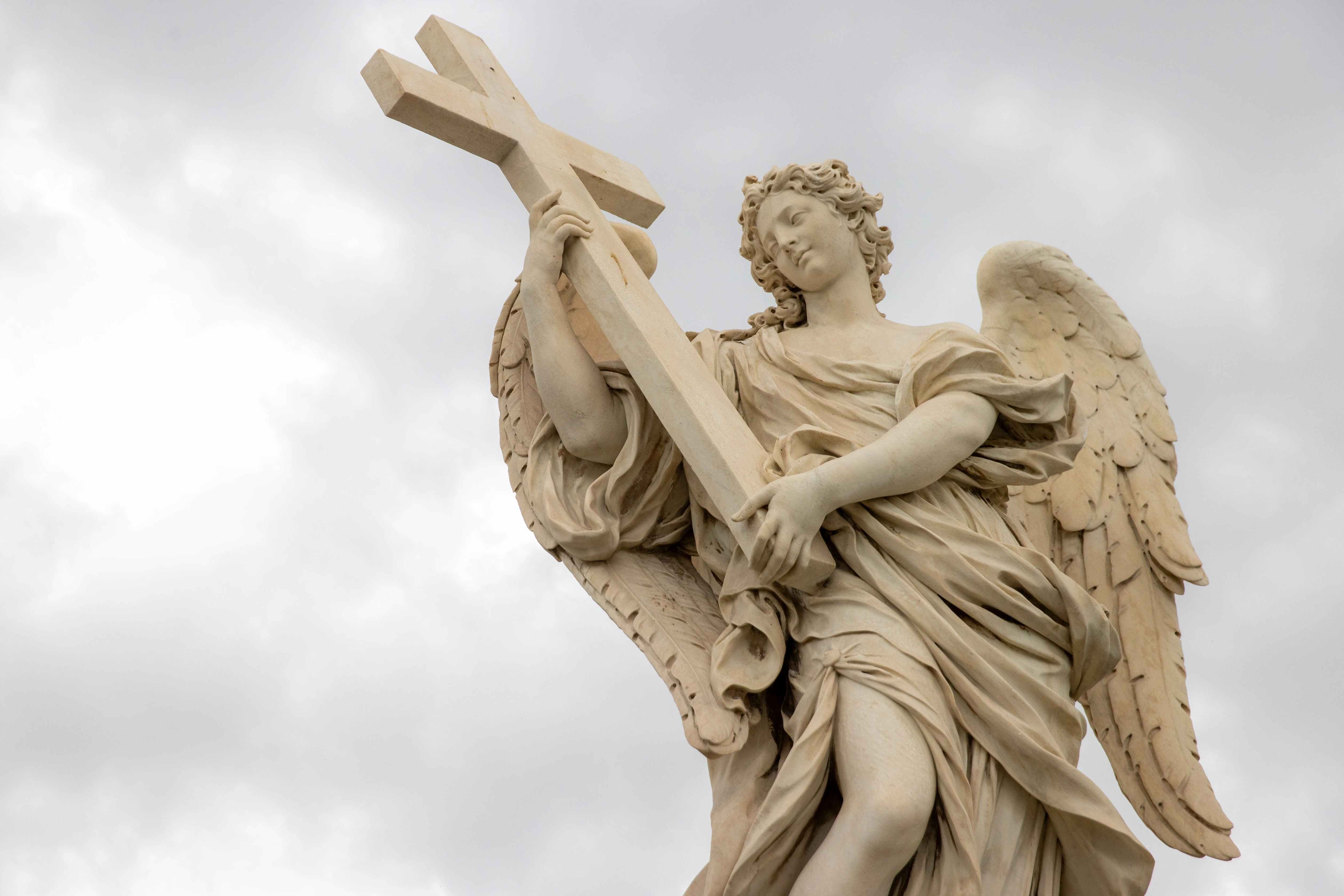
Following this, a second Bernini-designed angel holds a plaque with the inscription INRI. The sign above the cross explains the reason for His execution: Jesus of Nazareth, King of the Jews.
The inscription at the sculpture’s base reads: “Regnavit a ligno Deus” (God has reigned from the tree), referring to Christ’s cross. The original piece was also moved to Sant’Andrea delle Fratte.
Another angel holds a set of nails, symbolizing those used to pierce Christ’s hands and feet. The accompanying inscription, “Aspicient ad me quem confixerunt” (They will look upon the one they have pierced), frames this sculpture by Girolamo Lucenti.
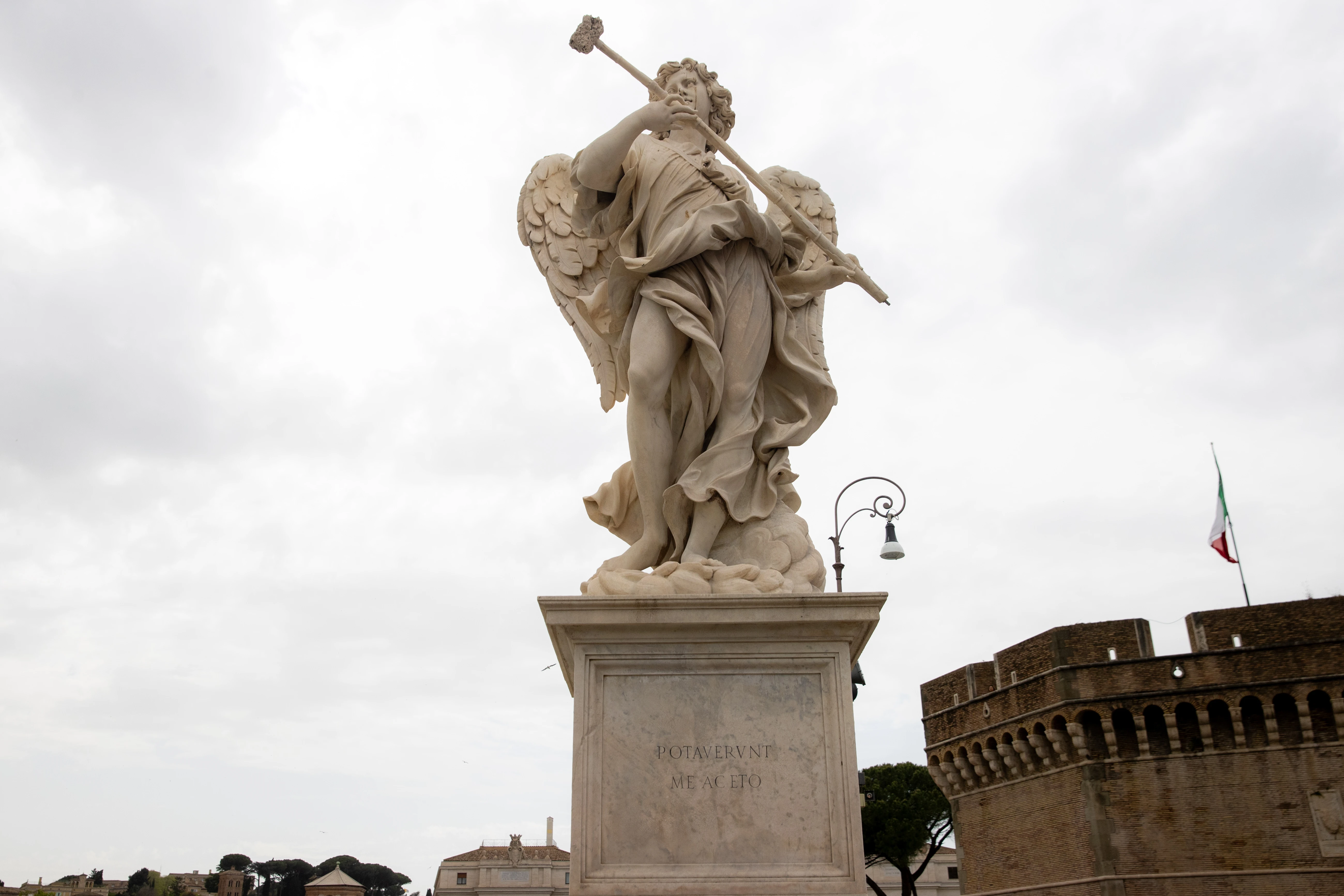
Opposite stands an angel carrying a sponge, recalling the one used by the soldiers to give vinegar to Jesus. Its inscription reads “Potaverunt me aceto” (They gave me vinegar to drink), a piece by Antonio Giorgetti.
Finally, there is the angel sculpted by Domenico Guidi, holding a lance—the weapon used by St. Longinus to pierce Christ’s side, from which blood and water flowed. At its base, the inscription reads: “Vulnerasti cor meum” (You have wounded my heart).
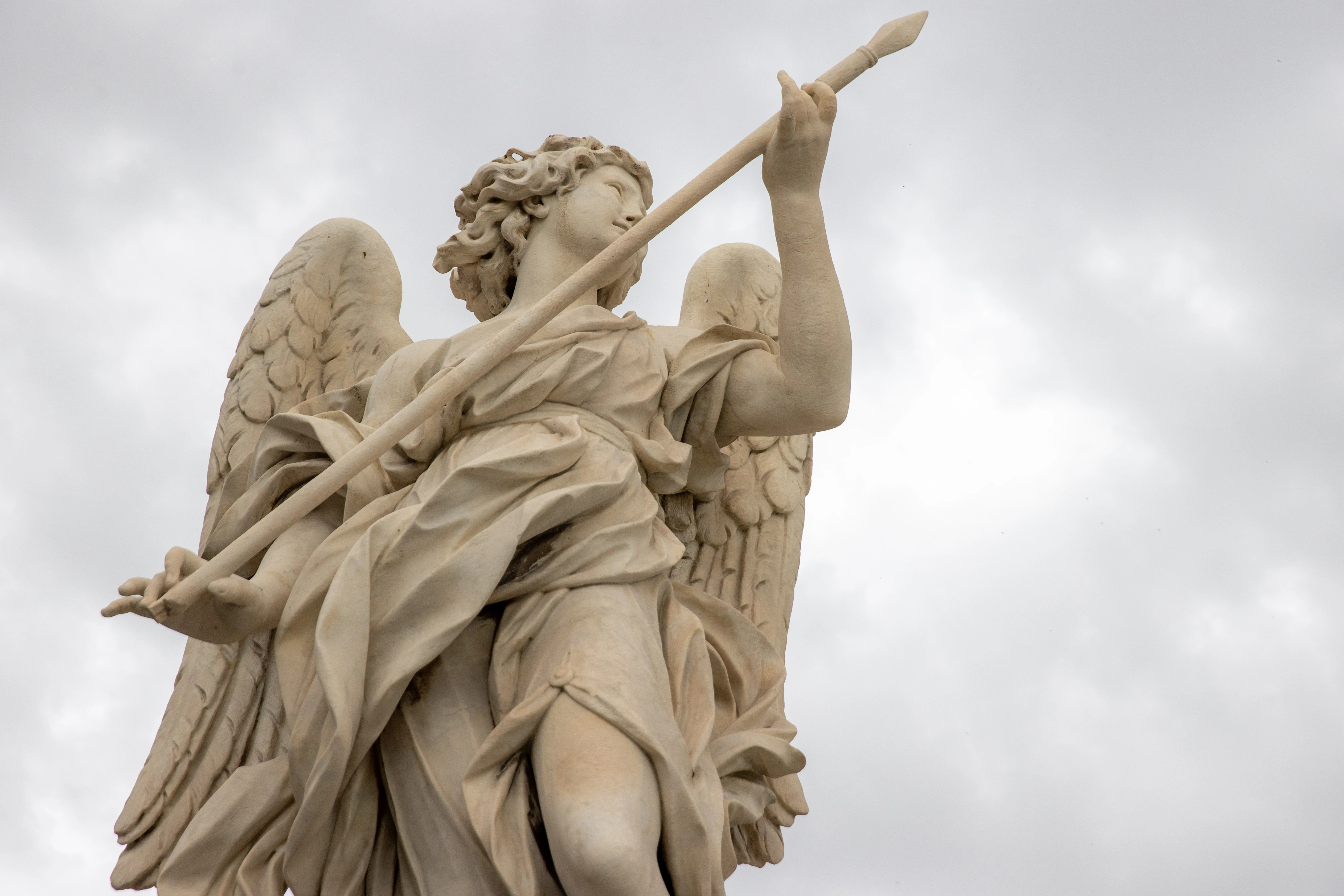
If you value the news and views Catholic World Report provides, please consider donating to support our efforts. Your contribution will help us continue to make CWR available to all readers worldwide for free, without a subscription. Thank you for your generosity!
Click here for more information on donating to CWR. Click here to sign up for our newsletter.




